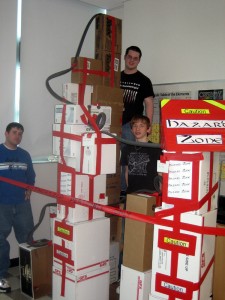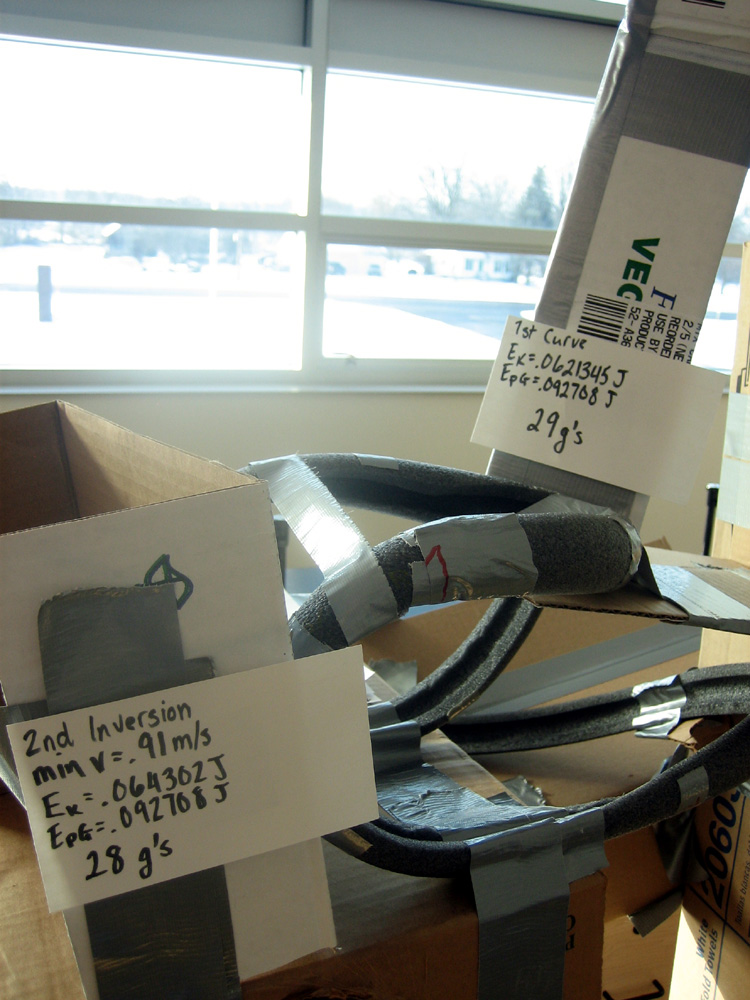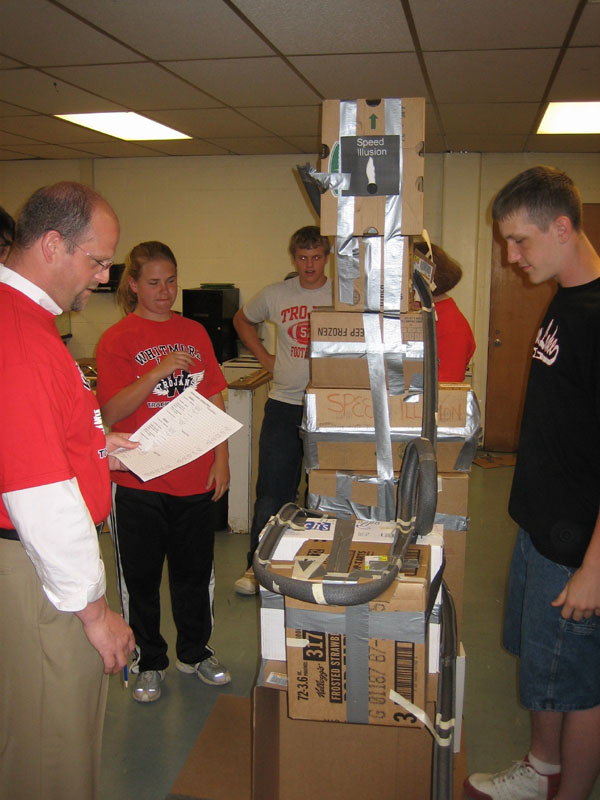
Well...to be precise, it's titled "Implementation of a technology-rich self-directed learning environment in a ninth grade Integrated Science classroom." Catchy, I know.
To be honest, this is a bit old. I thought I had posted this a long time ago, but recently realized I never had despite always meaning to do so. I implemented this project in the spring of 2010 and officially submitted my project in June of the same year. It won me a "Scholar of Excellence" award, so it must be at least somewhat decent. 😉
The Goods
Though the full paper may not be of interest to you, let me recommend the Lit Review. I went through many, many papers on constructivist environments and instructional technology's impact on student learning. It'd make me very happy if anybody found this even remotely useful.
I've decided to release it under a Creative Commons Attribution license, so have at it. Here's the full paper in variety of formats for any of your consumption needs:
- Implementation of a technology-rich self-directed learning environment in a ninth grade Integrated Science classroom
Description
Simply put, students worked in teams of four to five and shared a team blog. Students investigated any topic that interested them around the general theme of climate change. Students were tasked with researching the topic and sharing their learning and questions on their blog. There were no due dates (other than the end of the school year), though students were all required to write a certain number of posts and comments on their classmates' posts (for more details, check out the Project Design section of the paper). For a bit on the rationale, here's an excerpt from the Introduction and Rationale:
The purpose of the educational system in the United States has been described in many different ways depending on the viewpoint of the individual doing the describing. Creating individuals able to become positive members of society, providing skills for the future workforce, or preparing individuals for an uncertain future have all been cited by various people and organizations as the purpose of schooling- each relying on their own value set and particular social and political biases. While there is no doubt that these various beliefs about the purpose of the American educational system have been true, and may continue to be true in various times and places, it is this author's belief that one of the more important goals of the educational system is to create life-long learners who will be able to actively and knowledgeably engage in whatever ideas and issues may cross their paths. As specific information and skill-sets are quickly changing due to the rapid increases in knowledge and improvements in technology the importance of teaching students specific content information decreases while the importance of teaching students how to locate, evaluate, and interact with knowledge increases. As what it means to be productive members of society or effective members of the workforce changes, the ability for individuals to understand how to learn new knowledge when they need it is more valuable than simply falling back on information learned through formal schooling.
If schools are to become a place where students learn how to interact with, challenge, and develop new knowledge, then the traditional classroom structure- that of the teacher as the primary source of knowledge and assessment- needs to change as well. Students should be given a chance to work out the solutions to problems that do not have predefined answers. In doing so, students lose their status as passive recipients of information and instead become active creators of knowledge. A method of implementing this might be built on the problem-based learning (PBL) model that has been used for many years in many content areas with various age levels. The incarnation of PBL envisioned here provides students with real-world problems to solve that do not already have easy or "neat" answers, gives students the freedom to explore down side canyons as part of the problem solving process, allows time for students to share their ideas and work with others, and provides support and time for students to document and reflect on their learning and problem solving process.
Let me know what you think or if you found anything useful for your own purposes.









